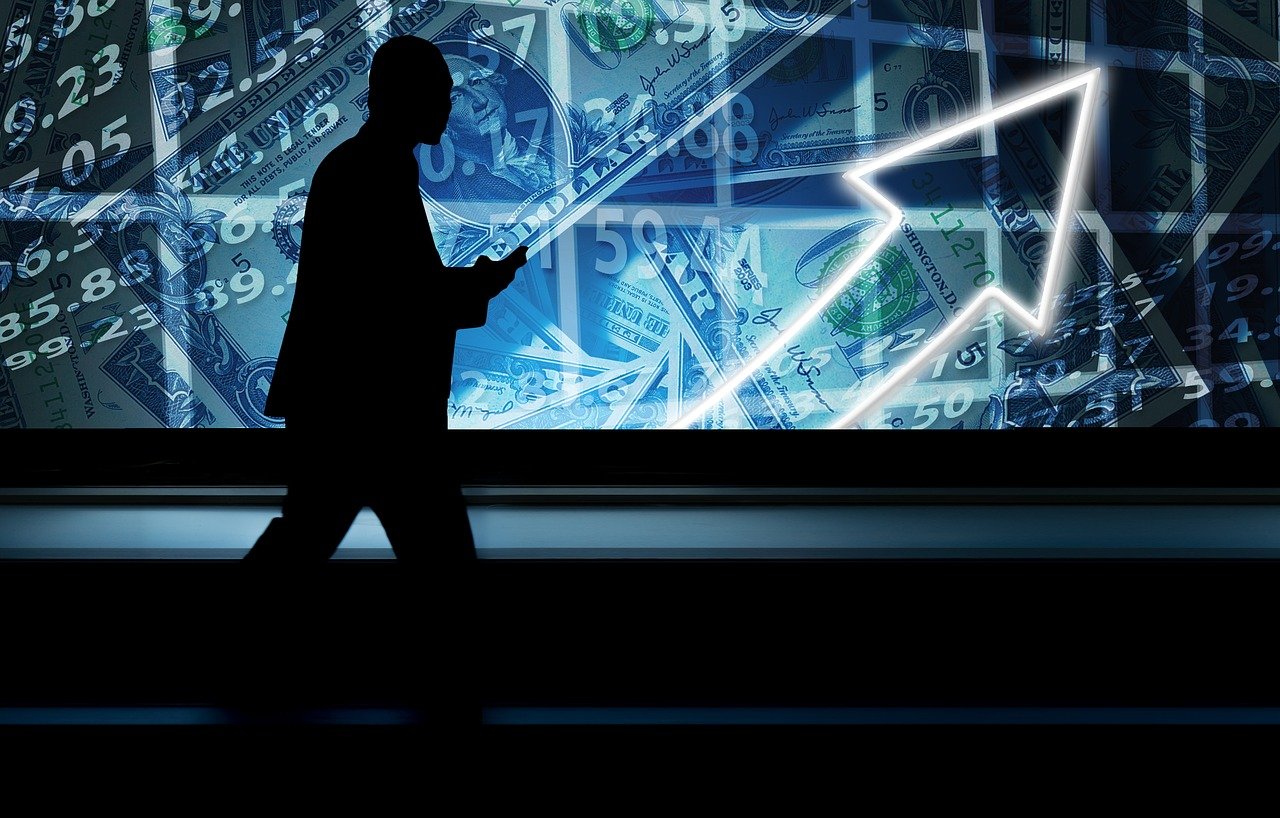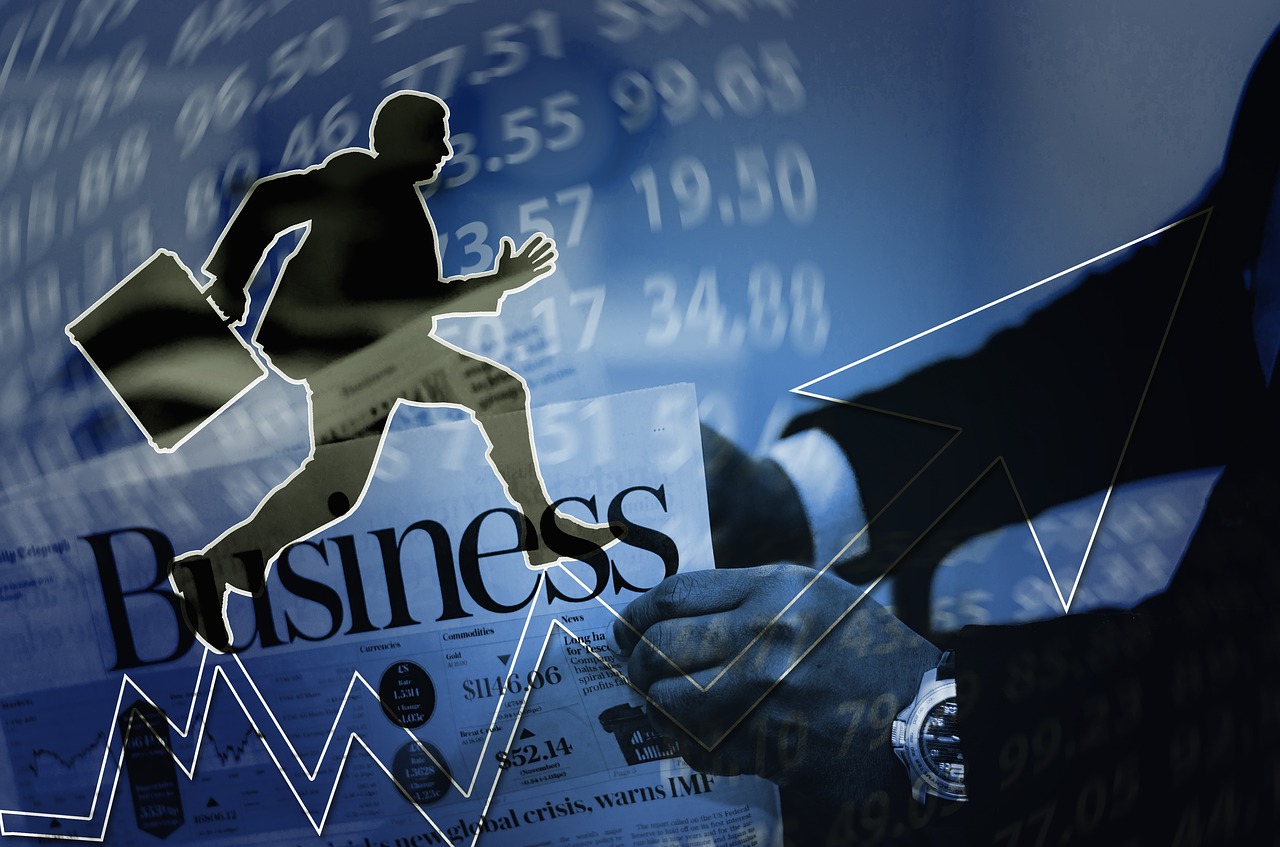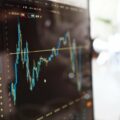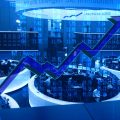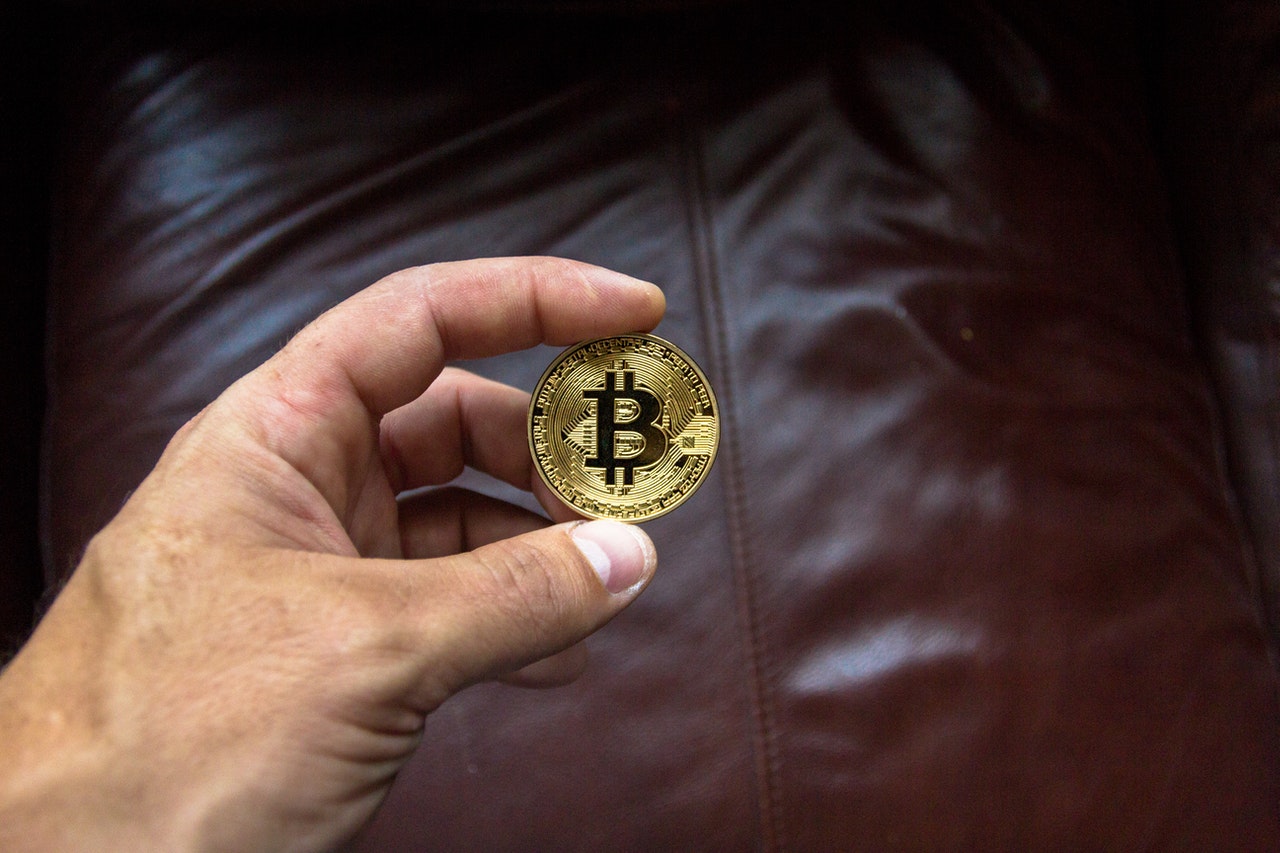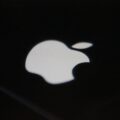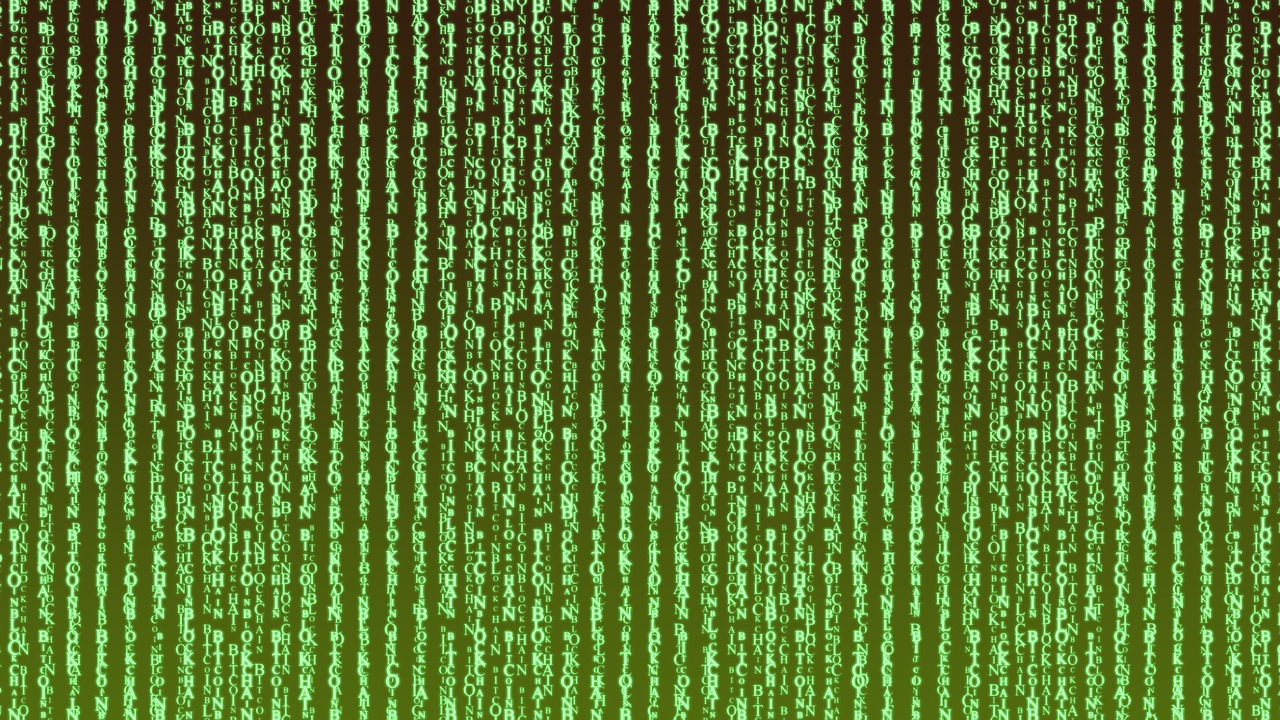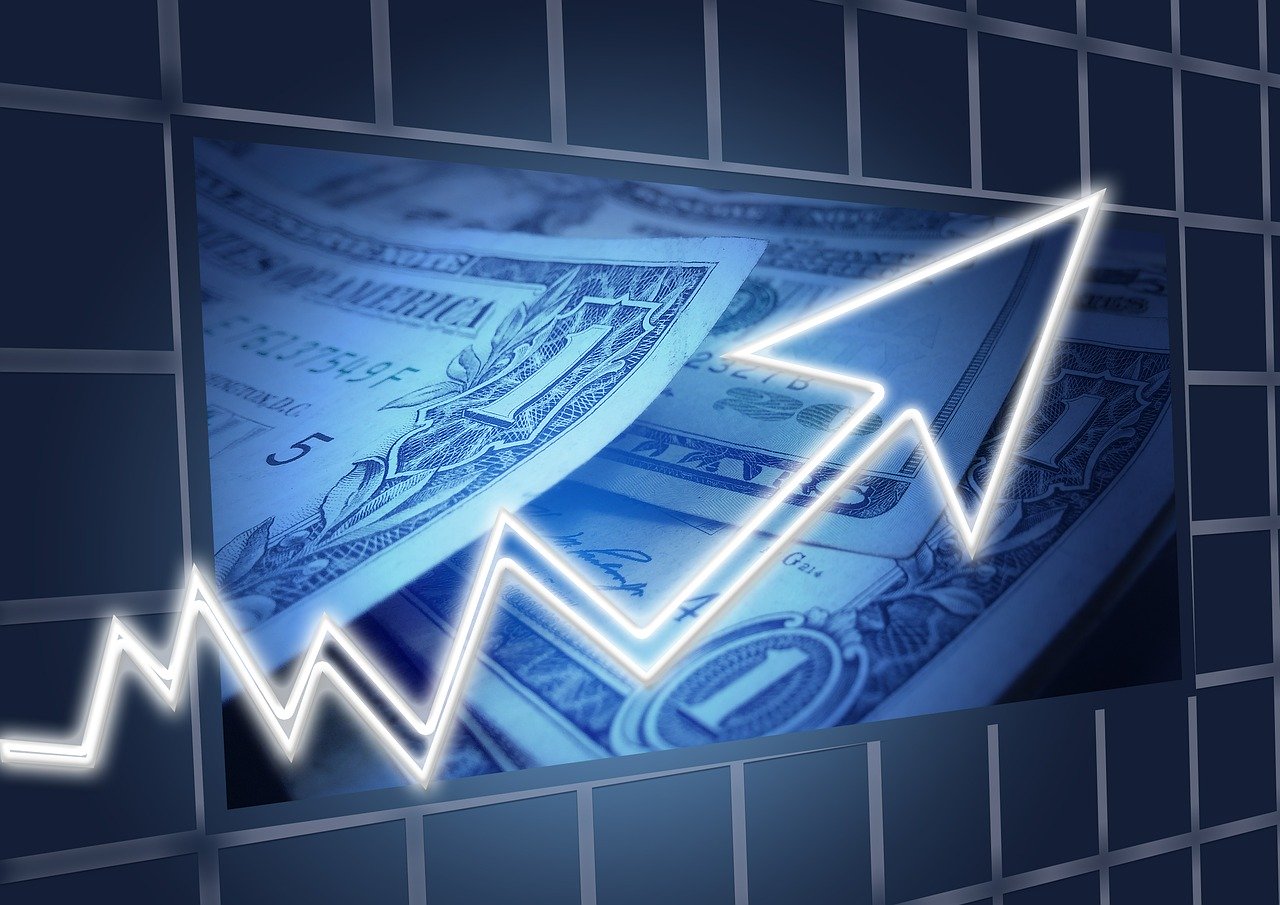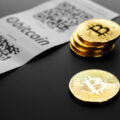Sticker Shock for the Market Participants As They Worry About Inflation
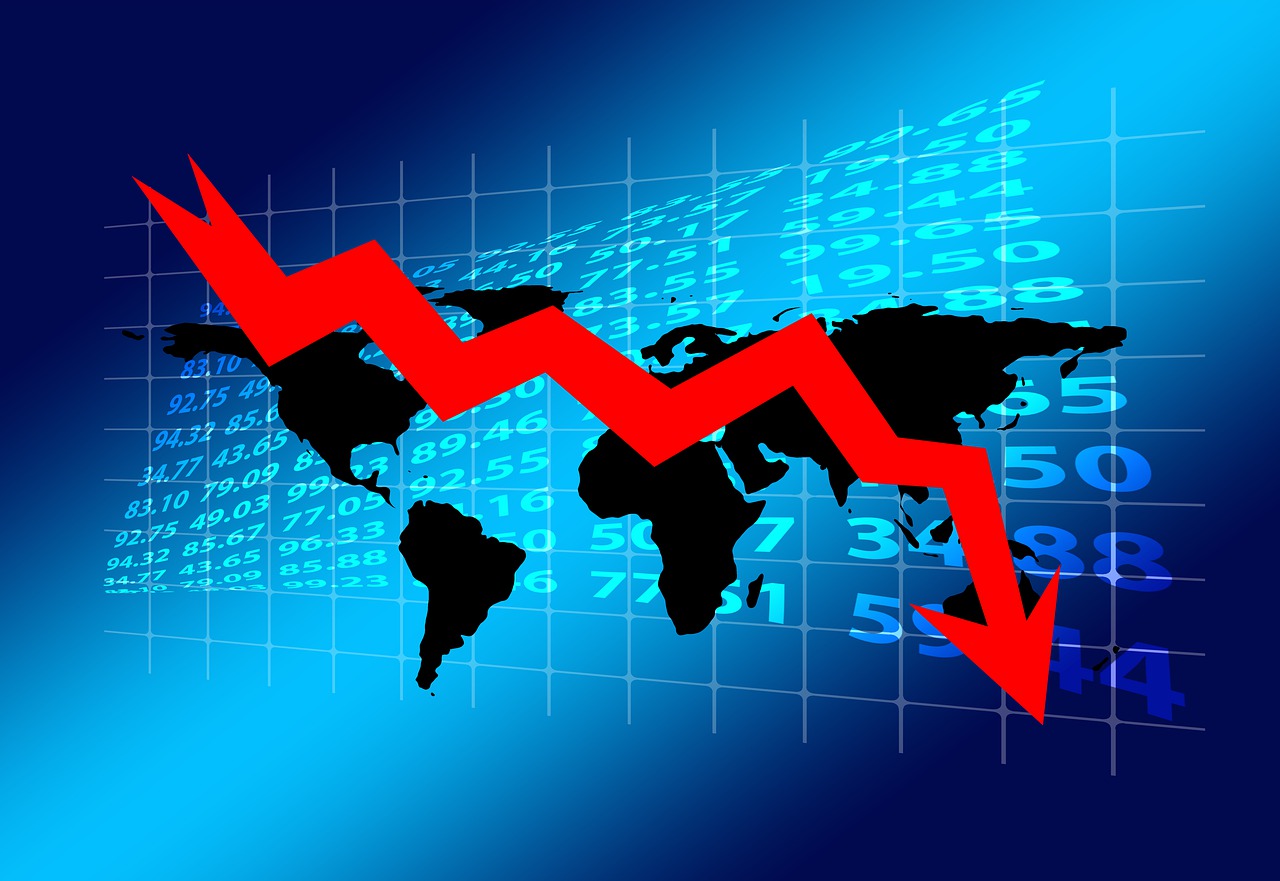
Wednesday did not end well for the three major stock indexes in the United States. The figures are said to be the greatest spike in almost twelve years.
It has been an ugly day for the markets as it saw losses across the board. Dow Jones Industrial closed off at around 682 points so slightly off its lows of the day but that’s good for a 2% decline. The S&P closed at 2.1% and the Nasdaq Composite Index saw a drop of 2.7%.
Some of the big tech names like Alphabet, Microsoft, Amazon, and Apple saw losses across the board of more than 2%. Apple closed at just below the 200-day moving average, which it has not closed below since May of 2019 to the downside. This is a company that just a few weeks ago gave some of the best numbers that they have ever given out. It is a company that has $205 billion of cash in the balance sheet. The chipmakers are also in the red big names like the Nvidia. Under pressure, Tesla is also a high growth name that closed off around 4.5%.
The greater-than-expected increase in the US consumer prices is something that was anticipated since United States Federal Reserve has been warning about it. The Federal Reserve has made it very clear that they can very well see these very large increases in inflation.
However, there is something about the sticker shock. When these record-breaking increases are seen it starts becoming worrisome for the market participants. What has shaken the market is that the figures to come out are exceptionally large. There are a number of categories that are seeing an increase.
While this is expected to be temporary, the real question is that for how long it will remain temporary.
This 10-year yield is going back to 1981. The US has not been in an upcycle for rates since 1981. It has been a series of dramatically lower highs and lower lows.
The Federal Reserve is making a very bold call on the economy and how inflation is going to work. The Federal Reserve is not going to change their general idea, which is that this inflation is going to pass through the economy. Then the key matric to figure out when and if it is time to change policy is more linked to the jobs numbers. Additionally, it is also dependent on the overall growth in the recovery of the economy from the pandemic.
The inflation is said to reverse starting in July when the negative base effects start to roll out. Schools are reopening in September and some of the capacity like airlines will be brought back online. The unemployment benefits are said to run out in September to bring people back to work. Thus by default, a more normalizing economy should be expected with prices normalizing as well.



